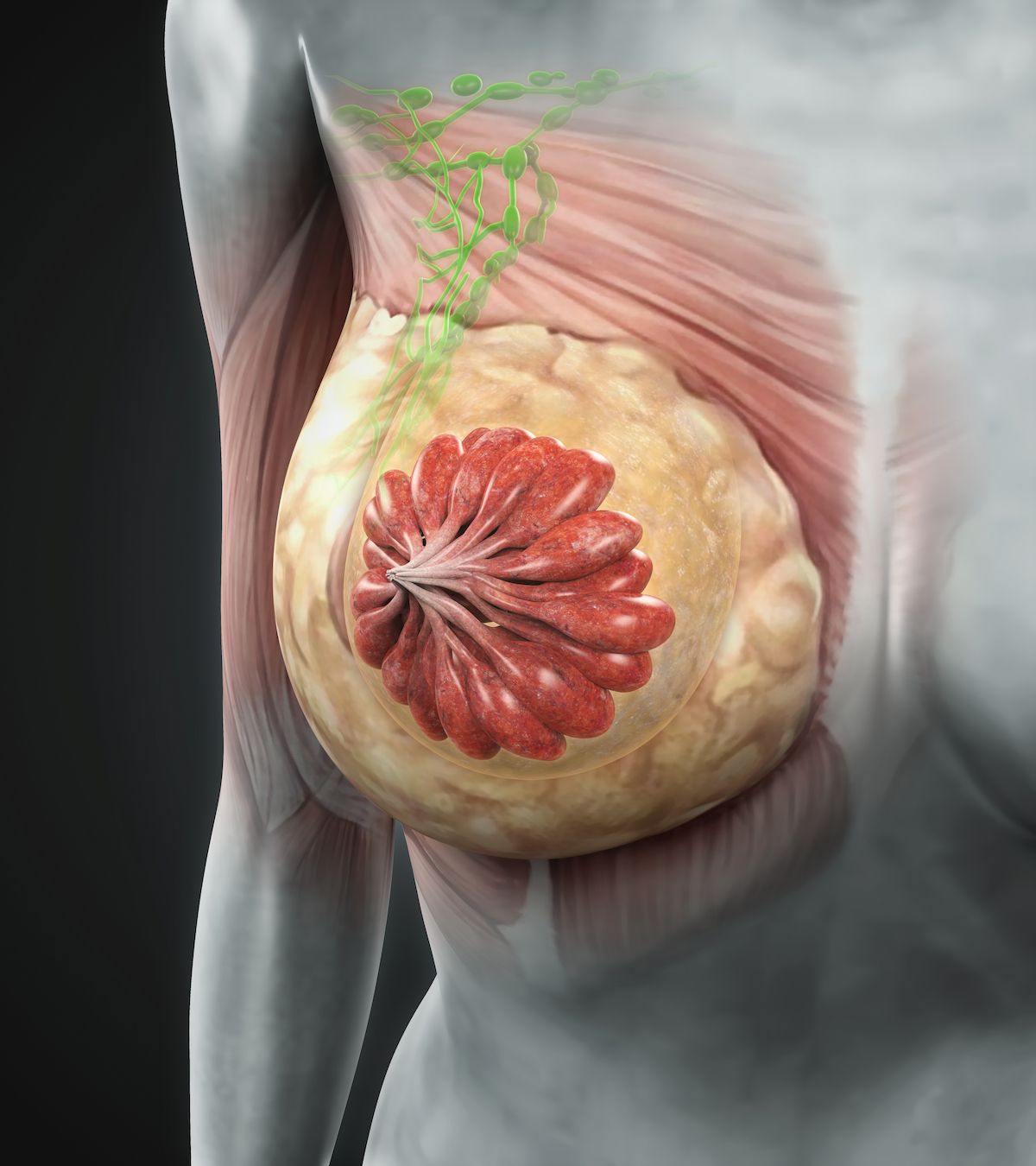Exemestane at 25 mg Noninferior in Reducing Serum Estradiol in Breast Cancer
Investigators cite the need for further study of the 25 mg, 3 times weekly exemestane dosing schedule in prevention studies among those with post-menopausal, stage 0 to II estrogen receptor–positive breast cancer who can’t tolerate daily adjuvant treatment.
Exemestane (Aromasin) administered at a dose of 25 mg, 3 times weekly was found to be noninferior compared with once daily dosing in decreasing serum estradiol for post-menopausal patients with stage 0 to II estrogen receptor–positive breast cancer, according to results from a phase 2 study (NCT02598557) published in JAMA Oncology.
Most adverse effects reported in this phase 2 trial were grade 1, and there were no statistical difference in toxicities across the 3 arms.

For patients receiving exemestane once daily, the least square mean change in serum estradiol was –89% when administered once weekly, –85%, for 3 times weekly, and –60% for once daily. The difference in percentage change for estradiol in the once daily and three times weekly arms was –3.6% (noninferiority, P = .37), and 2.0% (97.5% lower confidence limit, –5.6%; noninferiority, P = .02) for patients who were compliant .
In the double-blind trial, patients were randomized 1:1:1 to either the exemestane 25 mg once daily cohort, 3 times weekly cohort, or once weekly cohort. Treatment was given for 4 to 6 weeks prior to surgery. The day before surgery included an evaluation of toxic effects, concomitant medications, and a review of compliance. On day 29, 36, or 43, patients underwent surgery.
At baseline and the final visit, biomarker assessments were conducted. Investigators evaluated the serum estradiol and estrone concentration by solid-phase extraction and then liquid chromatography-tandem mass spectrometry detection. Additionally, for patients who were post-menopausal and treated with aromatase inhibitors, investigators analyzed ultrasensitive liquid chromatography–tandem mass spectrometry detection with automated liquid-liquid extraction without derivatization.
A total of 180 patients were enrolled. Across the one daily, 3 times weekly, and once weekly arms, respectively, the median ages were 66 years old (range, 60-71), 63 years old (range, 60-69), and 65 years old (range, 61-70). Due to 4 patients dropping out for personal reasons, adverse effects (AEs), or AEs unrelated to the study, 55 patients continued in the once daily arm, 56 in the 3 times weekly arm, and 60 in the once weekly arm, all of whom received 25 mg of exemestane.
Of note, patients were stratified by center and body mass index.
In the once daily arm, 47 patients underwent blood testing per protocol compared with 52 in the 3 times weekly arm, and 54 in the once-weekly arm. Surgery was performed 4 weeks post-treatment in 88 patients, 5 weeks post-treatment in 44 patients, and 6 weeks post-treatment in 16 patients.
A liquid-liquid extraction was utilized showing estradiol reduction of –96% in the once-daily arm, –91% in the 3 times weekly arm, and –72% in the once-weekly arm in the intent-to-treat population. A total of –96%, –92%, and –74% of patients in the intent-to-treat population who were compliant did not reach noninferiority, respectively.
Estradiol suppression below the detection limit was observed in 69.0%, 65.4%, and 17.2% of patients via the solid-phase extraction compared with 77.7%, 47.2%, and 3.4% via the liquid-liquid extraction for patients in the once-daily, 3 times weekly, and once-weekly arms, respectively.
Investigators also analyzed median absolute changes and changes for hormones and lipids. Of note, they did not report anything different for androstenedione or testosterone, but for sex-hormone binding globulin serum levels in patients taking exemestane, there was an absolute change of –12.8 nmol/L in the once-daily arm, –7.9 nmol/L in the 3 times weekly arm, and –2.3 nmol/L in the once-weekly arm.
For pre-and post-treatment, Ki-67 was analyzed. Adjusted for baseline, the median Ki-67 percentage absolute change was –7.5%, –5.0%, and –4.0% in the once-daily, 3-times weekly, and once-weekly arms, respectively. This showed that there was no statistical significance between arms (once daily vs 3 times weekly; P = .31; once-daily vs once-weekly; P = .06).
A total of 358 AEs were reported, 71% of which were grade 1. Among the 3 arms, there were no statistical differences in toxicities.
Reference
Serrano D, Gandini S, Thomas P, et al. Efficacy of alternative dose regimens of exemestane in postmenopausal women with stage 0 to II estrogen receptor-positive breast cancer: a randomized clinical trial. JAMA Oncol. Published online March 23, 2023. doi:10.1001/jamaoncol.2023.0089